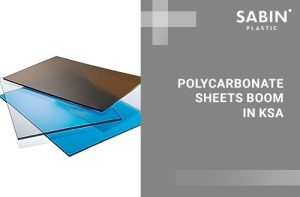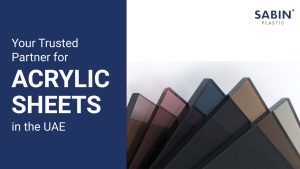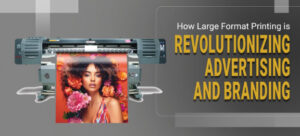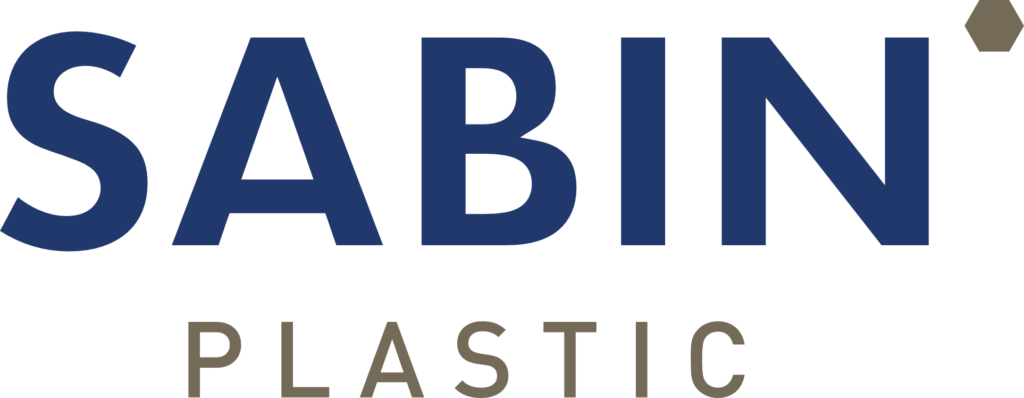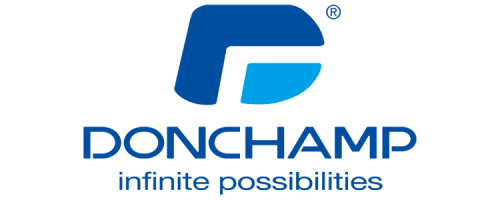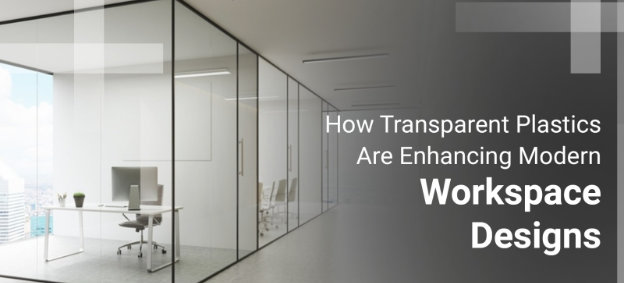
How Transparent Plastics Are Enhancing Modern Workspace Designs
In an age where design, functionality, and flexibility define modern workplaces, transparent plastics have emerged as an unexpected hero in architectural and interior innovation. From sleek office partitions to futuristic furniture, transparent plastics are helping designers create spaces that feel open, collaborative, and forward-thinking.
In this blog, we explore how transparent plastics are shaping the look, feel, and function of today’s work environments.
1. The Shift Toward Open and Flexible Office Spaces
The traditional cubicle model is fading, making way for open-plan layouts that promote collaboration, communication, and natural light flow. Transparent plastics — like acrylic, polycarbonate, and PETG — allow for space division without visual obstruction, enabling privacy while maintaining openness.
Example: Clear acrylic desk dividers used during the pandemic have evolved into permanent design elements in many offices, balancing hygiene with modern aesthetics.
2. Visual Lightness Meets Durability
One of the main reasons transparent plastics are preferred over glass in modern offices is their lightweight and shatter-resistant nature. They offer the same transparency and elegance as glass but are more flexible and easier to install.
Design Benefit: This quality allows designers to experiment with floating shelves, curved surfaces, and modular partitions — without worrying about the structural weight or fragility of glass.
- Transparency = Trust and Openness
The use of transparent materials subtly communicates openness, honesty, and accessibility, which aligns with the values of many modern organizations. It breaks down barriers—both literally and psychologically—between management and teams.
Psychological Insight: When employees can see each other, they feel more connected and included, encouraging spontaneous collaboration and boosting morale.
4. A Canvas for Light and Space Optimization
Natural lighting is a top priority in workplace design. Transparent plastics help to maximize the distribution of daylight, reducing the need for artificial lighting and enhancing employee well-being.
Eco-Friendly Bonus: Reduced energy consumption not only benefits the environment but also leads to significant cost savings for businesses over time.
5. Design Versatility Like Never Before
Unlike glass, transparent plastics can be molded, tinted, etched, or layered to fit various design themes. Whether you want a minimalist aesthetic or a bold futuristic look, these materials offer endless customization options.
Trendy Applications Include:
- Transparent chairs and stools
- Suspended light fixtures
- Interactive display boards
- Acoustic panels with embedded LEDs
6. The Future of Hybrid Workspaces
As hybrid models take over, workspaces are evolving into multi-functional environments. Transparent plastics support this shift with modular, mobile, and reconfigurable solutions that can adapt as teams grow or office needs change.
Smart Integration: Some plastics even integrate with technology — such as embedded lighting, anti-fog coatings, or interactive smart film — bringing futuristic functionality into the everyday workspace.
Conclusion:
Transparent plastics are more than just an aesthetic trend — they represent a philosophy of openness, innovation, and adaptability. As businesses continue to evolve, so must the spaces they occupy. With their unique combination of form, function, and flexibility, transparent plastics are truly redefining how we design the modern workplace.
Whether you’re an architect, business owner, or design enthusiast, now’s the time to consider clear solutions for a brighter workspace. Explore Sabin Plastic’s range of premium transparent plastics today and bring your next design vision to life.

